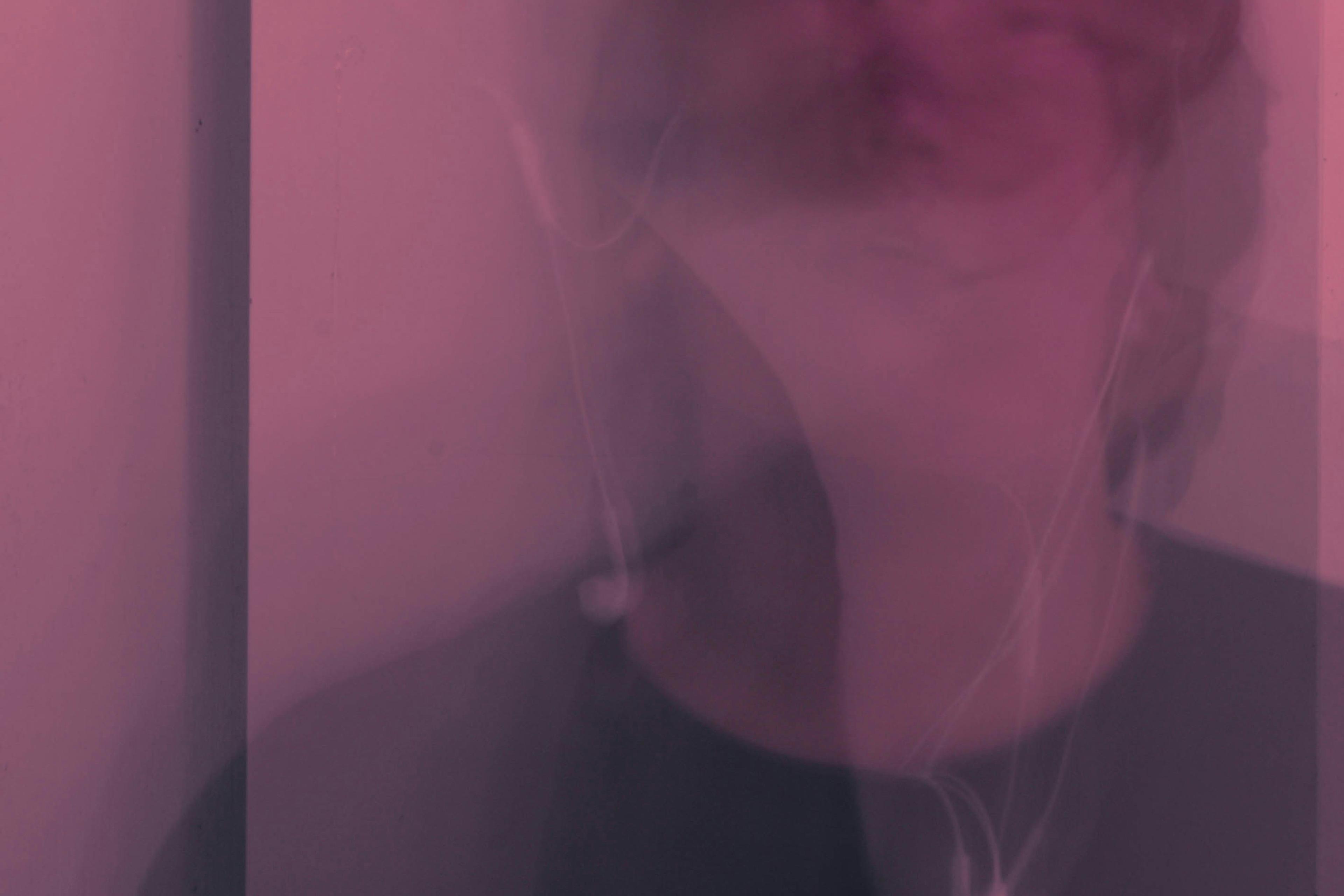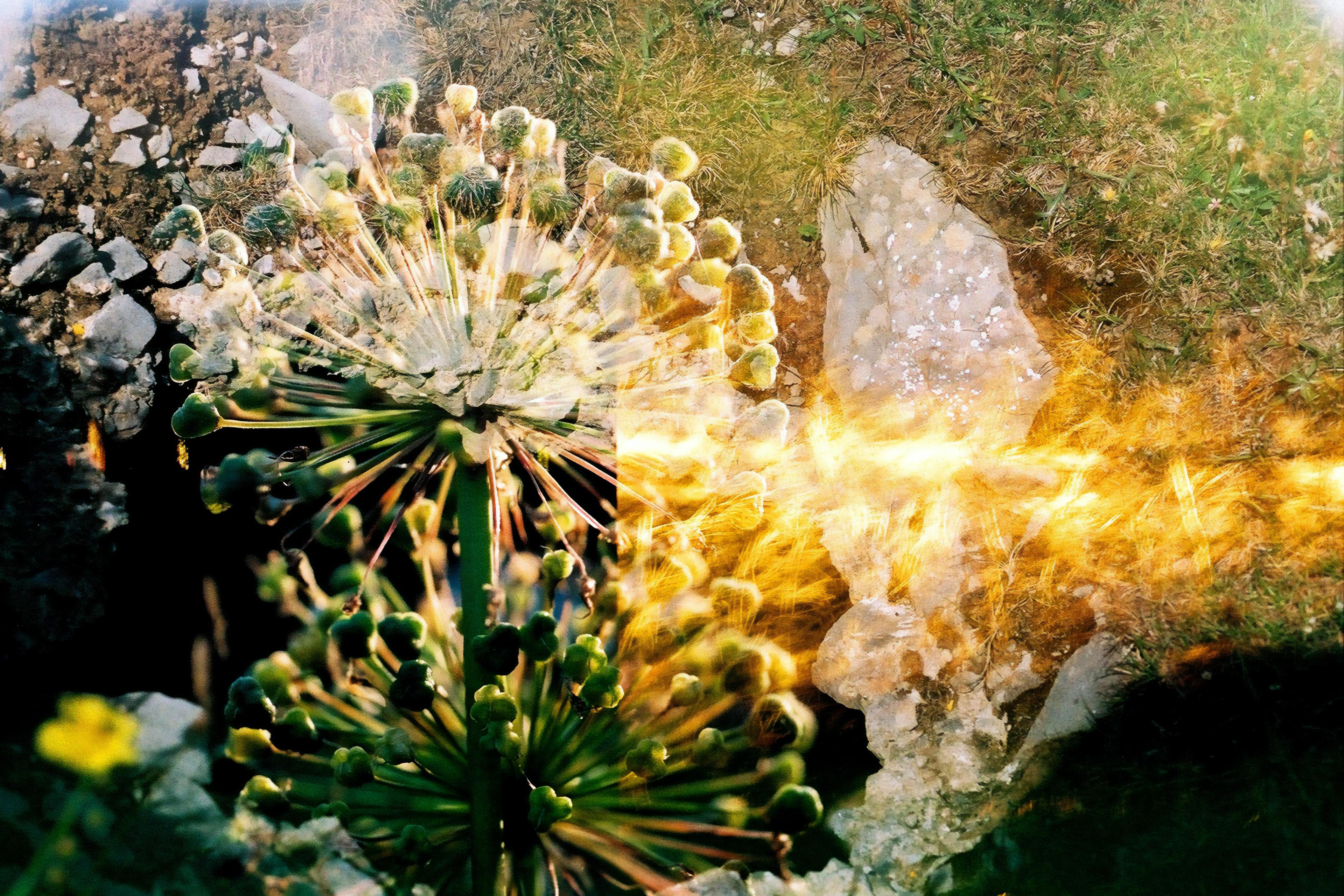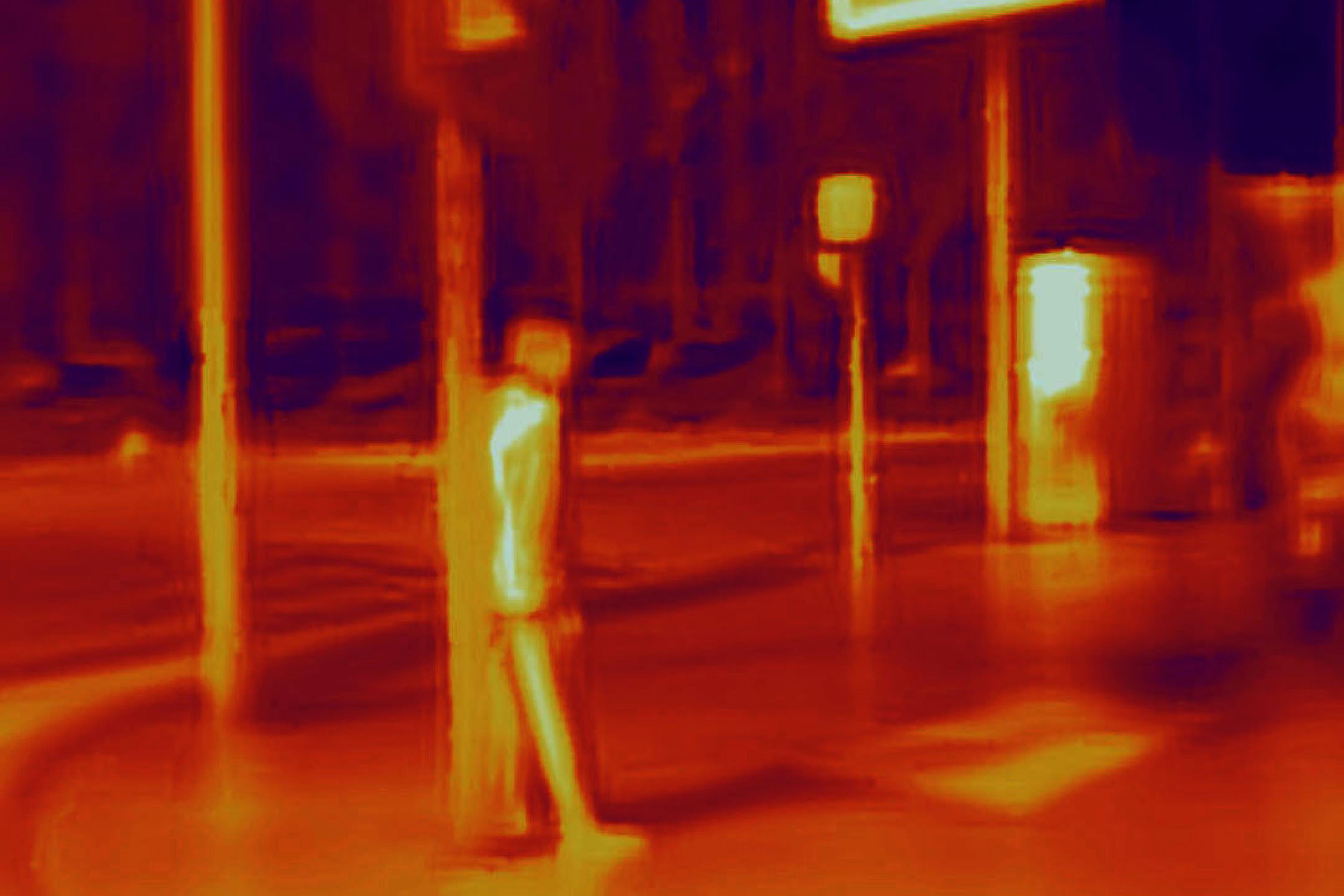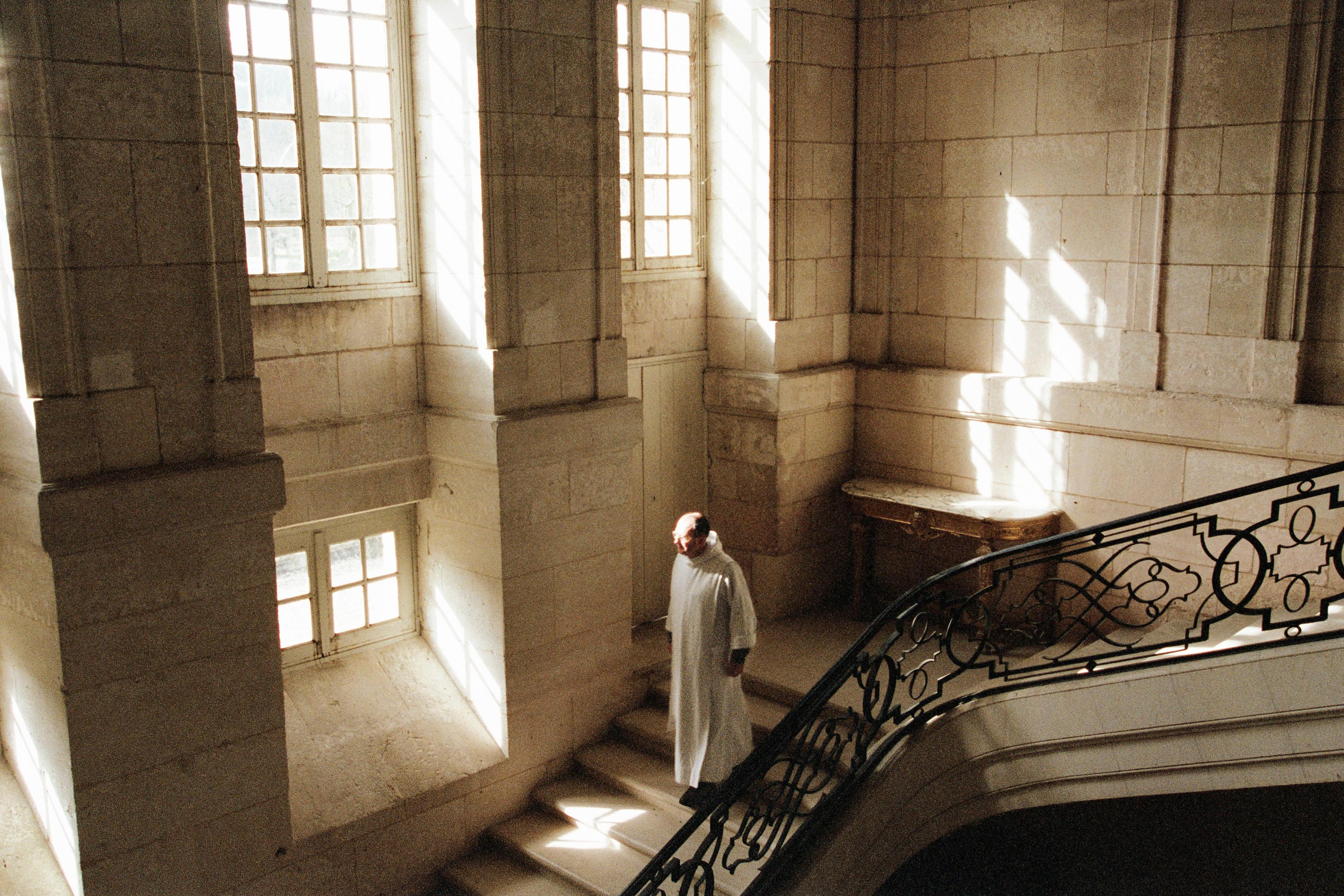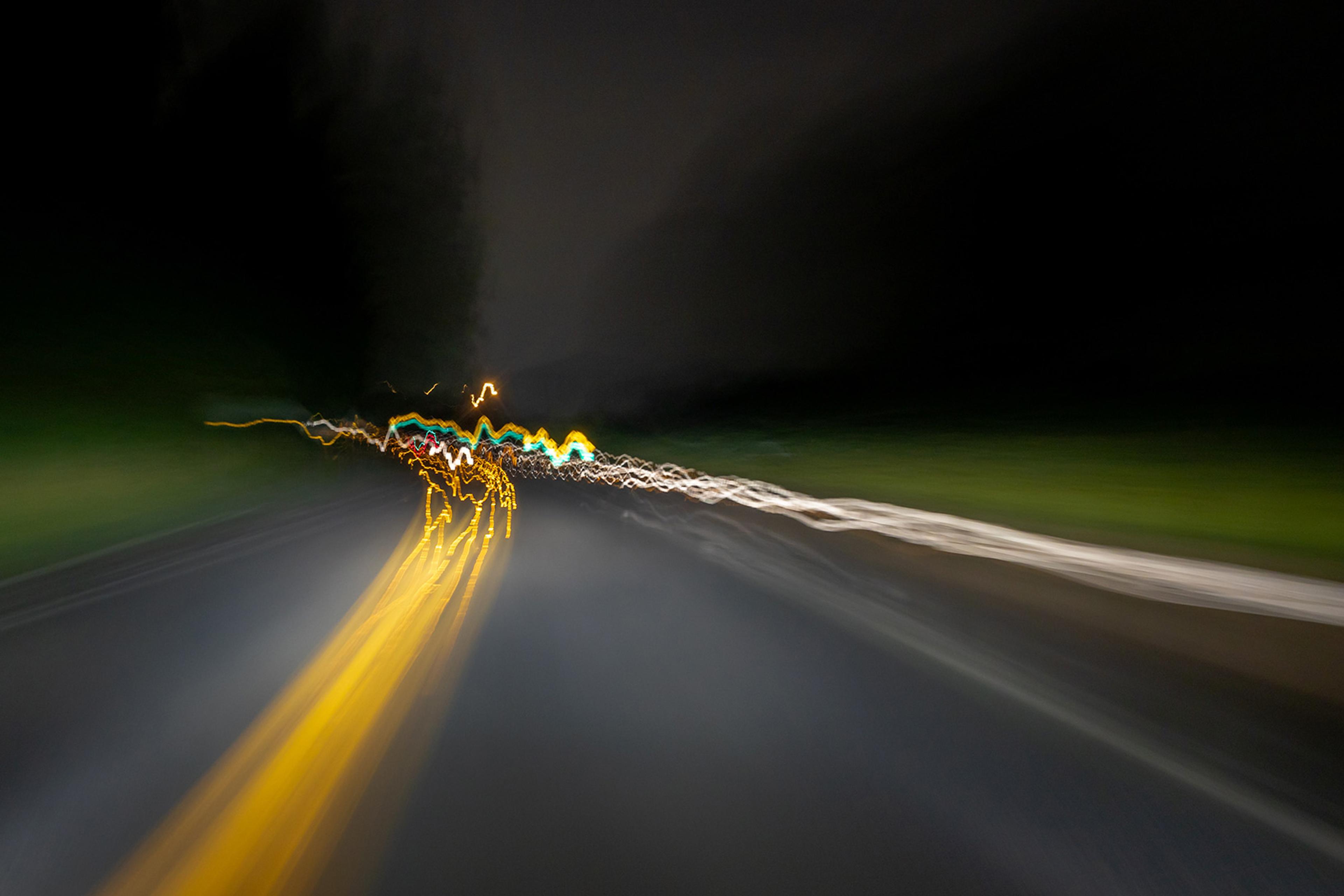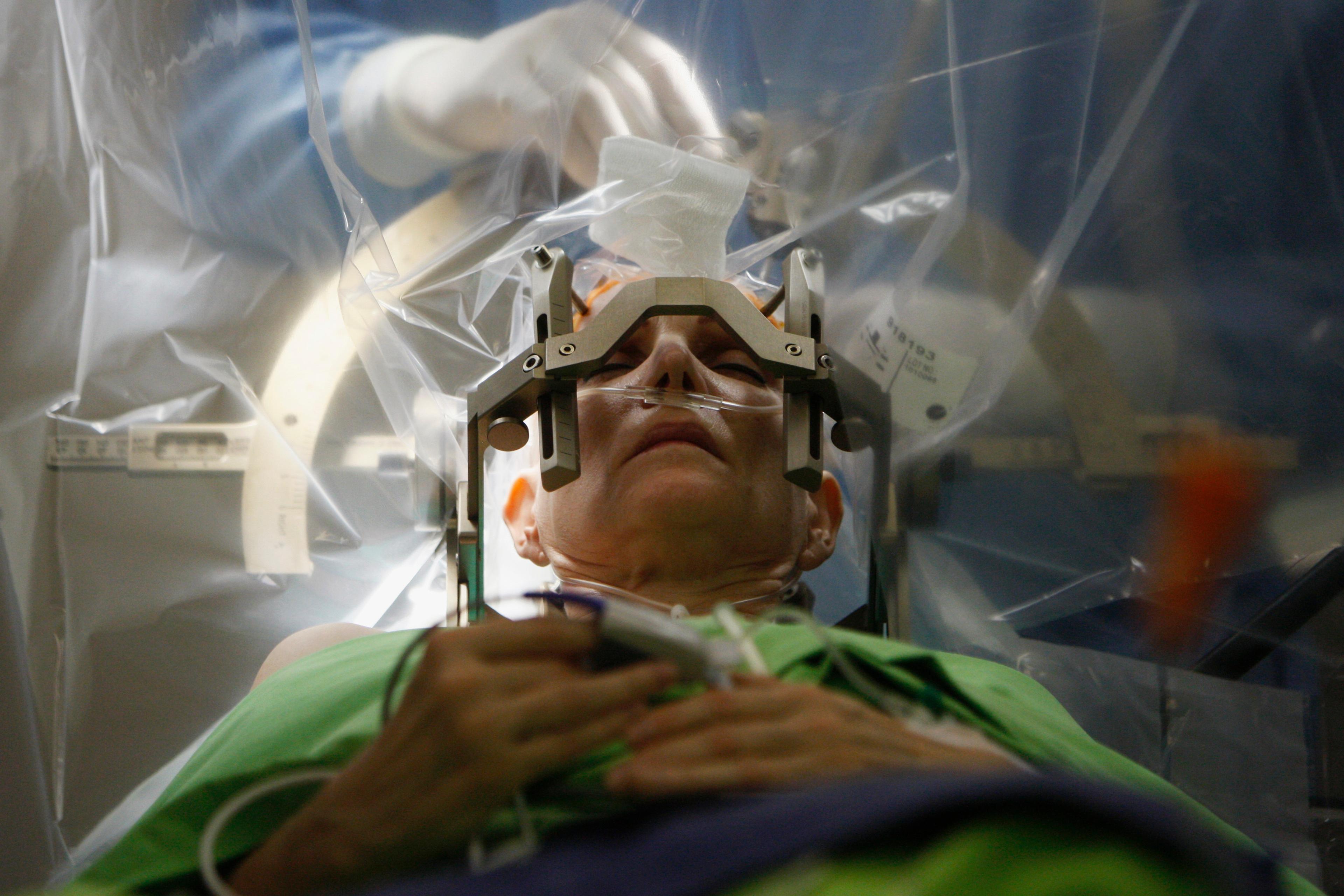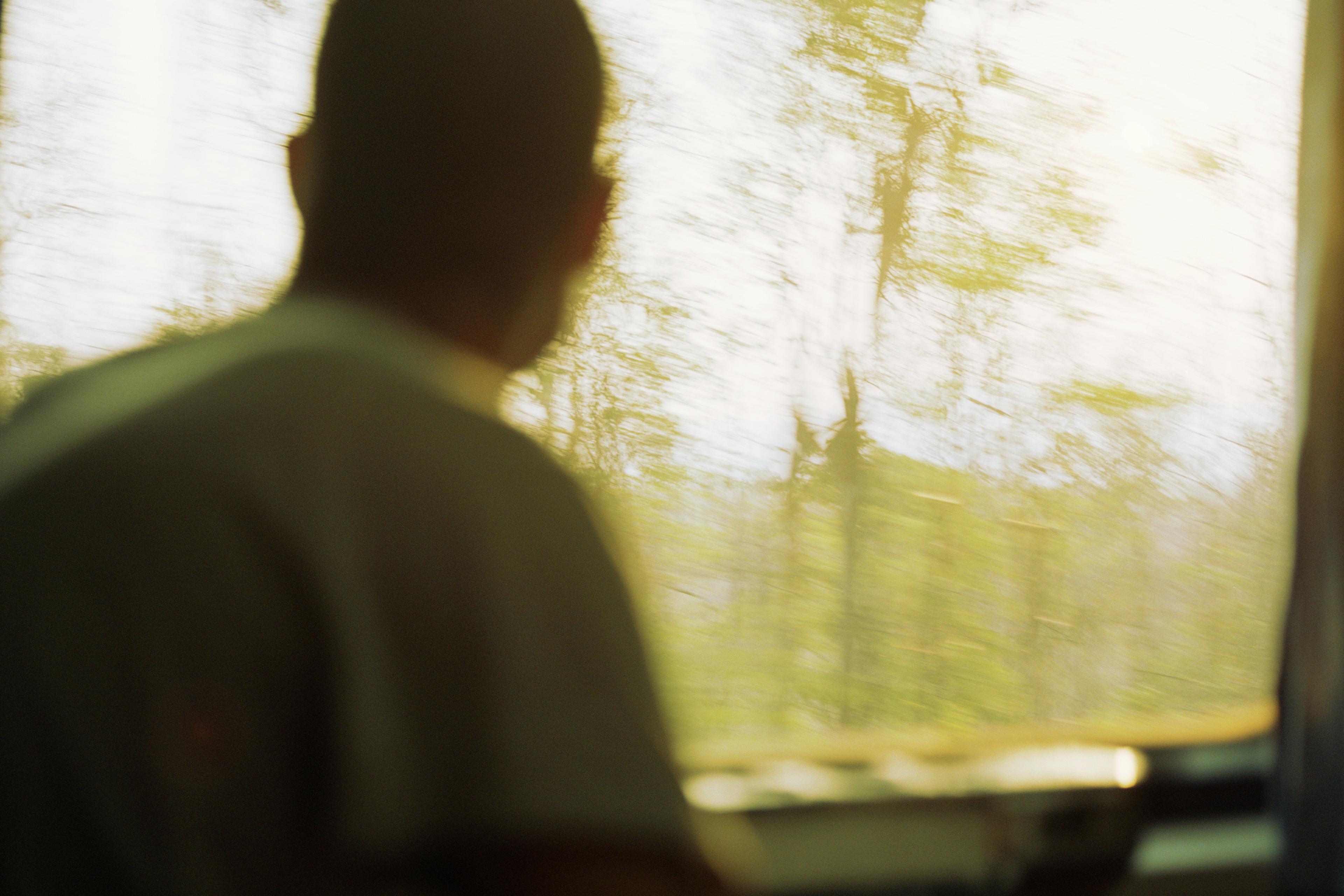The chatter of my thoughts suddenly went silent, snuffed out like a flame.
It was a swelteringly hot summer day in Boulder, Colorado, and I’d stepped into a small grocery store to buy a bottle of water. I’d been walking to class at the university when I was rocked by a whirlwind of sensations – lightheadedness, nausea, confusion – all of which I chalked up to dehydration. But as I stood before an open door in the refrigerated drink aisle, the dizziness morphed into something deeper. Like a rocket blasting its way through the atmosphere and suddenly arriving in orbit, I seemed to be floating in an otherworldly quiet. I realised with growing panic that I didn’t know where I was, what I was doing, or even my own name.
Though I had no way of knowing it at the time, my brain was being engulfed by a wildfire of erratic electrical activity. Neuronal pathways responsible for controlling my speech, vision, memory and spatial awareness were thrown into disarray by the surge. I was in the throes of an aura, a seizure that was rapidly making its way through my brain.
As it spread, my consciousness warped. My surroundings were suffused with a vibrant, colourful energy; I looked at the reflection of the overhead LED lights on the rows of plastic bottles in front of me and saw them glittering with beautiful intensity; the mechanical hum of the refrigerator seemed to melt into distinct layers of sound; my body was burning in a way that wasn’t entirely unpleasant. But amid these dreamlike sensations, there was also a sharp sense of fear: I felt suspended in space and time, like a fly in amber, unable to move or think.
It was as if my internal dialogue and sense of agency – everything that I’d hitherto identified as me – had died.
Some primal part of my brain eventually forced my legs to move, and I stumbled towards the front door. That peaceful feeling of floating in orbit was giving way to a feeling of being swallowed from the feet up by a yawning abyss. The last thing I remember before losing consciousness is stepping outside, seeing the brilliant glare of the sun overhead and, then, oblivion.
That was the precursor to the first of two tonic-clonic, or grand mal, seizures I was wracked by in 2011. Unlike ‘focal’ seizures, which are localised in one particular brain region, a grand mal seizure occurs across both hemispheres of the brain. (The ‘tonic’ phase involves a stiffening of the muscles and usually a loss in consciousness, followed by a ‘clonic’ phase of rapid muscle spasms and convulsions.) Each episode was a profoundly transformative experience; and, like many transformative experiences, they were both traumatic and enlightening.
Mainly, I felt betrayed by my own body. I was 18 at the time – a newly arrived university freshman – and until then, as far as I knew, I had been blessed with nearly perfect health. I couldn’t make sense of the fact that my brain had been convulsed out of the blue by two serious seizures. (The second occurred just a couple of weeks after the first.) Every slight dizzy spell would cause a mini panic attack. At a time when I should’ve been broadening myself socially and intellectually, I withdrew into a private cavern of fear, isolating myself in my dorm room. It didn’t help that the doctors were equally vexed: a CAT scan and an EEG failed to detect anything in my brain that might have caused the seizures.
Desperately seeking relief from the fear that I could collapse again at any moment, I looked back on that first aura with growing fascination. Longing, even. To be clear, the prospect of losing consciousness and writhing helplessly on the ground again was terrifying. But in the build-up to that terrible crescendo, there had been a few shining moments of liberation. The ceaseless ruminations of my mind – my memories of the past, the treadmill of my present concerns, and my nebulous fears about the future – had been silenced. Now, consumed with anxiety, I craved that relief more than ever.
Epilepsy has long had a singularly potent effect on the human imagination
I felt internally divided, both frightened and enthralled by my mind’s capacity to relinquish everything I’d previously taken for granted about my conscious experience, including my ego and control over my own body.
I’m not the first person to feel this way. As I would later learn, the neurological disorder now known as epilepsy has long had a singularly potent effect on the human imagination. For many people throughout history and living today, seizures have been a paradoxical source of both positive and negative experiences, a window into otherworldly beauty and a source of chronic misery.
Historical records of seizures stretch back thousands of years and, for the most part, document fear, disgust and persecution. Ancient Babylonians referred to them as sibtu, or ‘possession’, believing them to be the handiwork of a horned, snake-tongued demon. The Greeks later coined the term επιλαμβάνειν (epilambanein), meaning to be taken hold of or attacked, which formed the etymological basis of our modern epilepsy.
That ancient conceptualisation of the disease – as a kind of supernatural assault originating from outside the body – would persist long into the future. In the Gospel of Luke, Jesus heals a boy who may have been suffering from epileptic seizures. His father describes how ‘without any warning some spirit gets hold of him … [and] convulses him until he foams at the mouth, and only after a fearful struggle does it go away and leave him bruised all over.’ Jesus blames the episodes on the community’s faithlessness, calling them ‘an unbelieving and difficult people’. Even in the modern West, epilepsy has occasionally been treated as a spiritual sickness.
But seizures haven’t always been regarded as a malignant possession; in other times and places, they’ve been revered. Some Indigenous peoples, for example in northern Mongolia, see them as evidence of shamanic ability, a gateway between the physical and spiritual realms. Far from being marginalised or feared, the individuals who experience them are cherished members of the community.
This sharp dichotomy in the cultural interpretation of epilepsy – as either a curse or a blessing – is arguably a macrocosm of many patients’ own feelings about their condition.
Some people with epilepsy have reported feeling profound bliss, even divine love during seizures. Such ‘ecstatic’ seizures are rare, but the documented cases seem to indicate an innate tendency for spiritual transcendence, the likes of which some people have described in explicitly religious terms. ‘I have really touched God,’ the novelist Fyodor Dostoyevsky wrote in a letter about his ecstatic seizures in the 1850s – ‘believe me, for all the joys that life may bring, I would not exchange this one.’ Some have speculated that Christian luminaries such as Saint Paul, Joan of Arc and Mother Teresa may also have experienced religious epiphanies during seizures.
There have been moments of beauty, in which she is suddenly overcome by a feeling of wellbeing
Of course, one’s understanding of such episodes depends largely on their particular cultural context and upbringing. Dostoyevsky was raised in the Russian Orthodox Church, which may have predisposed him to a religious interpretation of his seizures. But their transformative power is indisputable. I recently spoke with M J Crandall, a 36-year-old woman with temporal lobe epilepsy who lives in Hawaii, and who describes her seizures in language similar to that used by Dostoyevsky. ‘[I embark on] a profound, spiritual encounter … a complete departure from my physical body and world, and a journey as a free soul, shapeless and timeless, with the ability to reach seemingly unearthly planes of existence,’ she told me. She has felt the presence of an omnipotent being that would telepathically communicate to her that she was on the brink of being ‘told an earth-shattering secret’. Then it would suddenly end, and she would come back to her senses – ‘retching and gagging, [with] a vague recollection of the events that had just unfolded.’
At other times, Crandall has olfactory hallucinations, including the smell of ‘rotting flesh’, and is gripped by a ‘sense of absolute horror or impending doom’. Similarly, Vanessa Siler, who also has epilepsy, occasionally experiences seizures centred on her insula, a part of the brain that controls one’s sense of disgust. ‘I start thinking about how gross existence is,’ she told me. But there have also been moments of beauty, in which she is suddenly overcome by a feeling of wellbeing, accompanied by slight visual hallucinations. ‘Before I knew what I had,’ she recalls, ‘I’d tell my husband: “I have that feeling where I stepped into a Van Gogh painting again.”’
Cases like these illustrate how widely experiences of epileptic seizures can range, depending on the part of the brain affected. ‘Epilepsy can play on the keyboard of our brain and produce different things, from fear and paranoia and delusional thought to religious experiences,’ says Orrin Devinsky, a neurologist specialising in epilepsy. He compares the potential for spiritual insight during a seizure to that which can be occasioned by psychedelics such as acid, psilocybin or ayahuasca: ‘Epilepsy can just play upon the same strings using a different set of keys, so to speak.’
Regardless of their aesthetic quality, seizures very often have one long-lasting impact: they erode one’s sense of agency. As Siler puts it: ‘I’m forced to confront the fact that I’m truly, really not in control … It’s just happening to me. It’s like I’m a puppet being taken over.’
After a period of taking anticonvulsant medication, my seizures ceased. But those brief encounters were more than enough to dispel any notion I’d previously had that I was in total control over my own mind and body. I gained a deep respect for the miraculous and fickle nature of the human brain. In order to function normally, this organ depends on the cooperation of more than 80 billion neurons. Each of those neurons is connected to thousands of others, resulting in an incomprehensibly complex network of electrical communication that somehow produces subjective experience. Until that first seizure, when that network broke down into chaos, I’d always imagined myself as a conductor, voluntarily controlling the orchestra of my entire conscious experience. Afterwards I came to realise that I’m not the conductor, nor am I the arrangement of musicians. Rather, I’m the music. And like any well-composed piece of music, my everyday, conscious experience is a delicate and precious thing.
While this realisation initially sparked fear, that gradually gave way to wonder. At first, I was overwhelmed by anxiety at the thought of everything that I couldn’t control. But eventually I turned my attention to what I could do. First and foremost, I could take care of myself. I could be passively consumed by anxiety, or I could learn to harness it. My mercifully brief foray into neurological illness led to a growing curiosity about the mystery of my own mind, propelling me towards a career in science journalism.
Like people throughout history, I could choose to regard my seizures as a terrifying loss of agency or as a glimpse into a higher state of being. They were both, simultaneously, but I’ve strived to focus on the latter. Today, they feel less like a death and more like an awakening.

